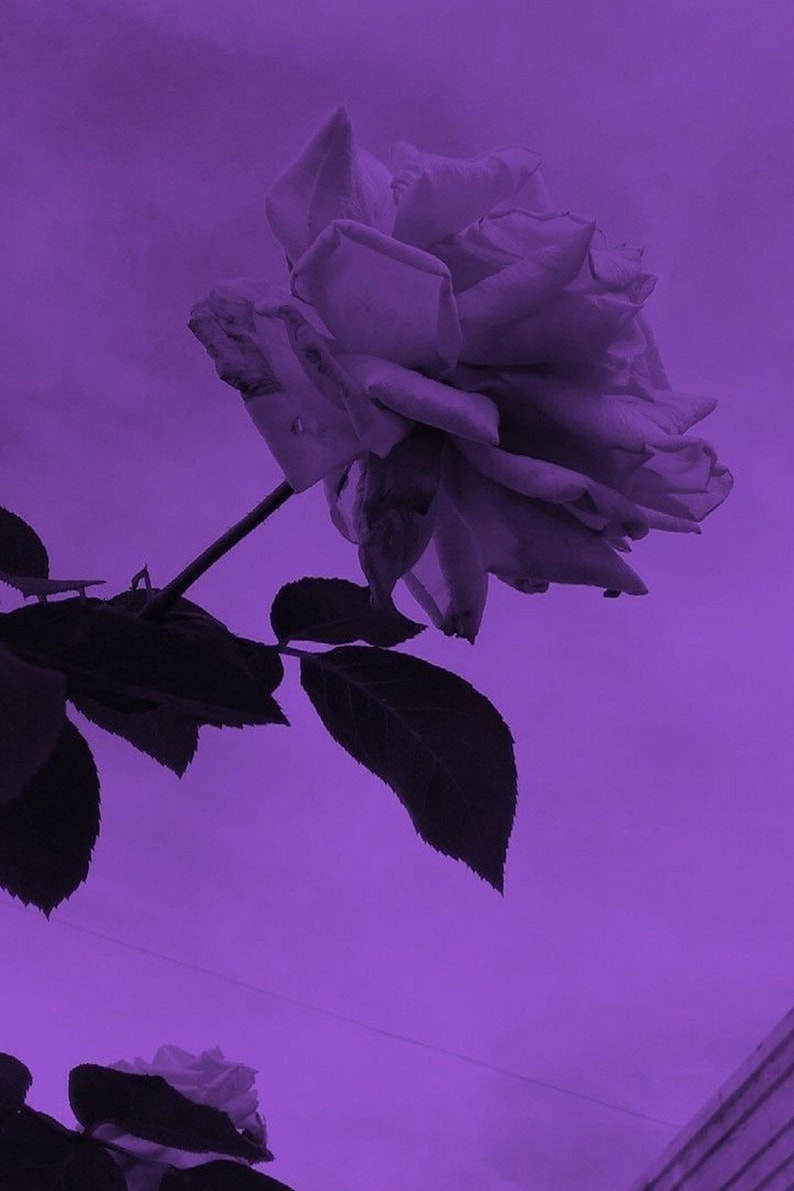

Her lush symbolism of violets and other purple flowers has persisted through the years, with depictions of Sappho often showing the poet adorned with purple blooms. “You put on many wreaths of violets and roses … together by my side, and round your tender neck you put many woven garlands made from flowers.” In one of her poems, which are laden with erotic references to women, she writes: From her, we get the words “sapphic” and “lesbian,” in reference to her home on the Isle of Lesbos. Violets are intertwined with the lore of Sappho, the famous poet from Greek antiquity. Even a lavender latte – best made with oat milk – has become a sly modern symbol of “ gay culture.” The “cottagecore” aesthetic, one of simple, quiet living in nature, has many intersections with queer and hyper-feminine aesthetics, like frogs, mushrooms and, yes, botanicals. Today, the lavender flower still appears in newer symbols of queerness.

In these unions, either one or both members of a couple were gay, and the marriage was an intentional ruse to ward off public questions about sexuality.

Lavender marriages, for instance, were noted among celebrities through the mid-20th century. The term “lavender” often acted as a discreet way of describing something gay. She called this imagined threat the “lavender menace” – a colorful (in more than one way) term that lesbian activists immediately adopted as their own. That same year, Betty Friedan, the leader of the National Organization for Women, criticized lesbian membership, which she thought would be a threat to feminism. The color lavender saw another boost in queer visibility when it was donned by participants in a “gay power” march in New York City in 1969, a month after the pivotal Stonewall Riots. Lavender was a fashionable color in Europe at the time and eventually became synonymous with an appreciation for art and beauty which, at the time, was seen as unmanly in certain circles. Other historians point to the color being linked to effeminacy. Why this particular hue? Some suppose it’s because it’s a mix of pink and blue. Purple hues have been associated with LGBTQ communities since the time of Sappho (more on her later), but lavender fully entered the gay lexicon at the end of the 19th century.


 0 kommentar(er)
0 kommentar(er)
